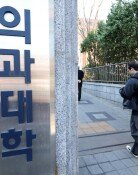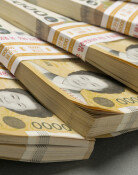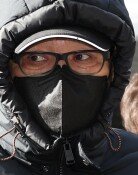Operating Income, Not Reaching the Low Interest Rate
Operating Income, Not Reaching the Low Interest Rate
Posted July. 23, 2002 22:18,
It shows that 3 manufacturers out of 10 manufacturers have not paid the interest with operating revenue last year.
According to cash flow analysis of manufacturing industry in 2001 reported by Bank of Korea (BOK), out of 4290 manufacturers with the assets of over KRW 7 billion for external auditing, 28.6% (1,227 companies) are subject to companies which are less than 100% of financial expense compensation rate, not paying the financial expense with sales income.
Ahn Hyeong-sun, the assistant manager of Economic Statistics Bureau, BOK analyzed As the cash income based on the operating activities has considerably decreased due to economic slump despite the low interest rate, the financial expense compensation rate of the whole manufacturing industry has decreased a little bit over the last year.
Financial expense rate (the rate of financial expense to sales amount) of the whole manufacturing industry is 4.5% decreased by 0.5% over the last year, and is still high compared with Japan(0.7%) and USA(2.3%).
Showing the short-term borrowing redemption capability, cash compensation rate increased to 56% in the whole manufacturing industry. It showed that 72.4%(3104 companies) could not pay the short-term borrowing with operating activities.
As shown in the cash flow statement, manufacturers raised totally KRW 9,430 million in cash, including KRW 8,490 million for the average operating activities and KRW 940 million for capital increase, and spent KRW 670 million for marketable securities investment, KRW 1.4 billion for borrowing repayment, KRW 4,920 million for tangible assets investment.
Large companies had the large average operating income, increased by KRW 21,130,000,000 than investment expense of KRW 27,460,000,000. They paid the borrowings with KRW 13,150,000,000 out of the amounts and retained KRW 1,790,000,000 in cash. On the other hand, small & medium-sized companies had the less average operating income per company (KRW 1,720,000,000) than the investment amount (KRW 2,320,000,000). So, the companies made a deficiency through capital increase of KRW 540,000,000 and borrowing of KRW 580,000,000.
Sang-Chul Kim sckim007@donga.com
Headline News
- Ruling, opposition parties to set up their election committees
- Financial authorities set to support auto industry
- LG's Arizona plant to produce cylindrical batteries from next year
- Yoon removed from office by unanimous court decision
- Constitutional Court mentions responsibility of both Yoon and National Assembly







